A wormhole is more than just a theoretical concept. It’s a portal between two points in spacetime, where distances shrink, and possibilities expand. Picture this: traveling light-years in seconds, connecting distant galaxies, or even glimpsing alternate realities. This isn’t just science fiction; it’s a tantalizing question posed by the equations of Einstein’s General Relativity.
What Are Wormholes?
Imagine taking a piece of paper, folding it in half, and poking a hole through both layers. If an ant were walking on that paper, it could now cross between two distant points instantly instead of traveling the long way around. This simple analogy gives us an idea of how wormholes might work in space.
Wormholes are theoretical tunnels in space-time that could connect different regions of the universe. They act as shortcuts, potentially allowing travel across vast distances in the blink of an eye. While they sound like something from science fiction, the possibility of wormholes is rooted in real science. Albert Einstein and Nathan Rosen proposed the idea in 1935 through their work on general relativity, leading to the concept of the Einstein-Rosen Bridge, a theoretical model for wormholes.
Recent Discoveries That Support Wormhole Theory
Although no one has directly observed a wormhole, scientists have found clues suggesting they might exist. Here are some notable examples:
- The 2019 Black Hole Image
- The Event Horizon Telescope (EHT) captured the first-ever image of a black hole in 2019. This black hole, located in the Messier 87 galaxy, revealed light bending in ways that align with predictions of wormhole behavior.
- Some scientists speculate that what we perceive as black holes could potentially hide wormholes. The patterns of light and energy near their edges might hint at tunnels leading to other parts of space.
- Quantum Entanglement and Wormholes
- Quantum entanglement is a phenomenon where particles influence each other instantaneously, no matter how far apart they are. This mysterious connection has puzzled scientists for decades.
- In 2013, physicists Juan Maldacena and Leonard Susskind proposed that entangled particles might be connected by tiny wormholes. This idea, called “ER=EPR,” suggests that wormholes and quantum entanglement are two sides of the same coin. This theory has gained traction as researchers explore the intersection of quantum mechanics and relativity.
Why Wormholes Matter
If wormholes exist and can be harnessed, they could revolutionize our understanding of the universe and its possibilities. Here are some ways they could impact us:
- Space Travel
- Current space travel is limited by the immense distances between stars and galaxies. A journey to the nearest star system, Alpha Centauri, would take over 4 years at light speed. Wormholes could potentially make such trips instantaneous.
- Faster-than-Light Communication
- Wormholes could enable messages to travel faster than light, making real-time communication across the universe possible. This could transform how we explore and interact with distant parts of space.
- Understanding the Universe
- Wormholes might provide insights into the fundamental structure of space-time. They could help answer questions about the origins of the universe and the nature of reality.
- Accessing Distant Resources
- Vast reserves of energy and materials might exist in far-off regions of space. Wormholes could make it feasible to access these resources and bring them closer to Earth.
Current Research and Experiments
Scientists around the world are actively studying wormholes and searching for evidence of their existence. Here are some of the most exciting efforts:
- LIGO’s Gravitational Wave Detector
- The Laser Interferometer Gravitational-Wave Observatory (LIGO) searches for unusual gravitational patterns. A traversable wormhole would produce unique gravitational signatures, distinct from those of black holes or other cosmic phenomena.
- Quantum Simulations
- In 2022, researchers at Fermilab used quantum computers to simulate the behavior of wormholes. They created a tiny quantum system that behaved similarly to a theoretical wormhole, providing a glimpse into how such structures might work on a microscopic scale.
- Astrophysical Observations
- Scientists are examining the behavior of light and matter near black holes. Some researchers suggest that the unusual dynamics observed around these objects could be explained by the presence of wormholes.
Challenges and Future Prospects
While wormholes are fascinating, several challenges stand in the way of making them useful:
- Size
- Most theoretical wormholes are thought to be microscopic, far too small for humans or spacecraft to pass through.
- Stability
- Wormholes might collapse quickly after forming. To keep them open, they would require “exotic matter,” a substance with negative energy density that has yet to be proven to exist.
- Intense Gravity
- The gravitational forces near a wormhole could be so extreme that they destroy anything attempting to pass through.
Despite these hurdles, scientists are optimistic. New theories suggest that stable wormholes might naturally form near black holes or within quantum structures. Advances in technology and our understanding of physics could one day make it possible to detect or even create wormholes.
What This Means for You
For now, wormholes remain a theoretical concept, but each discovery brings us closer to unlocking their secrets. They represent the potential for unimaginable breakthroughs in science and exploration.
The next time you look up at the night sky, think about the mysteries it holds. Those distant stars and galaxies might not be as far away as they seem. Invisible bridges through space-time could one day bring the universe closer to us, opening doors to a future where the impossible becomes reality.

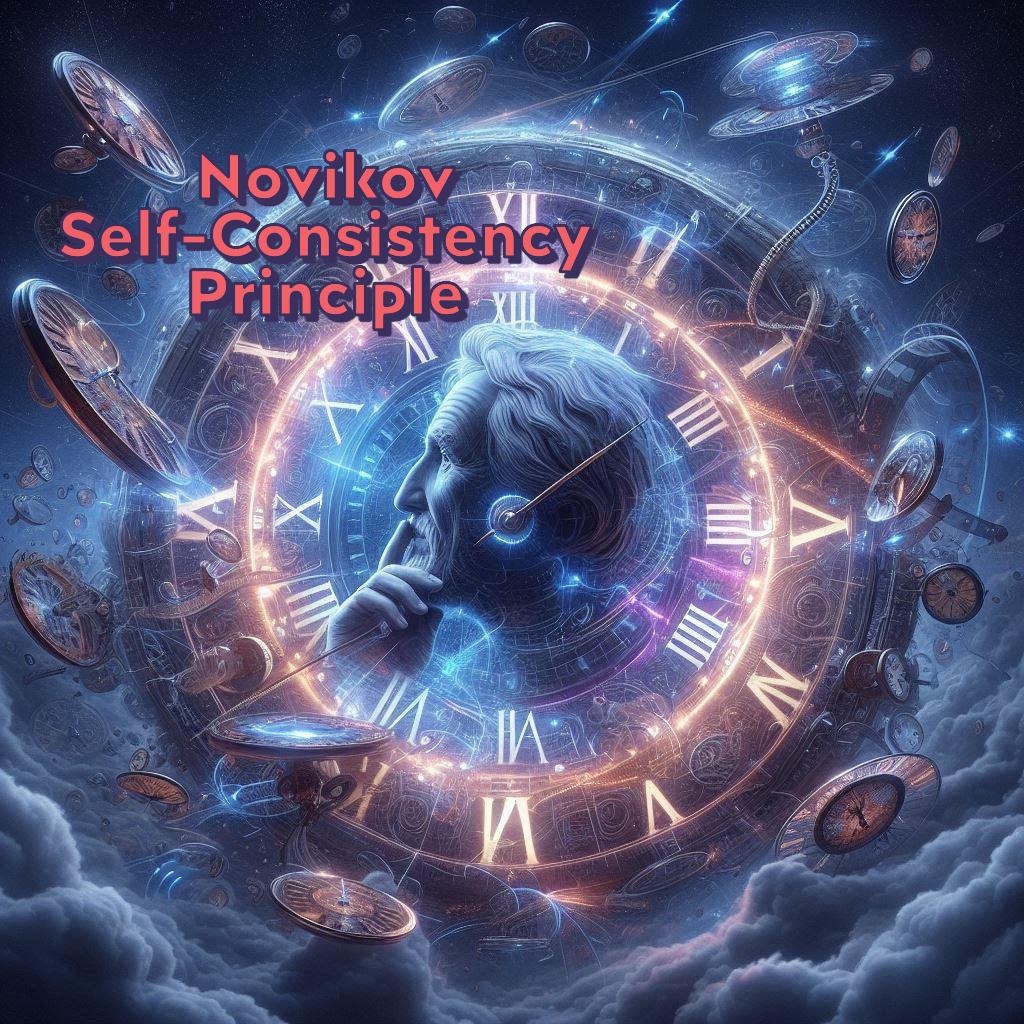
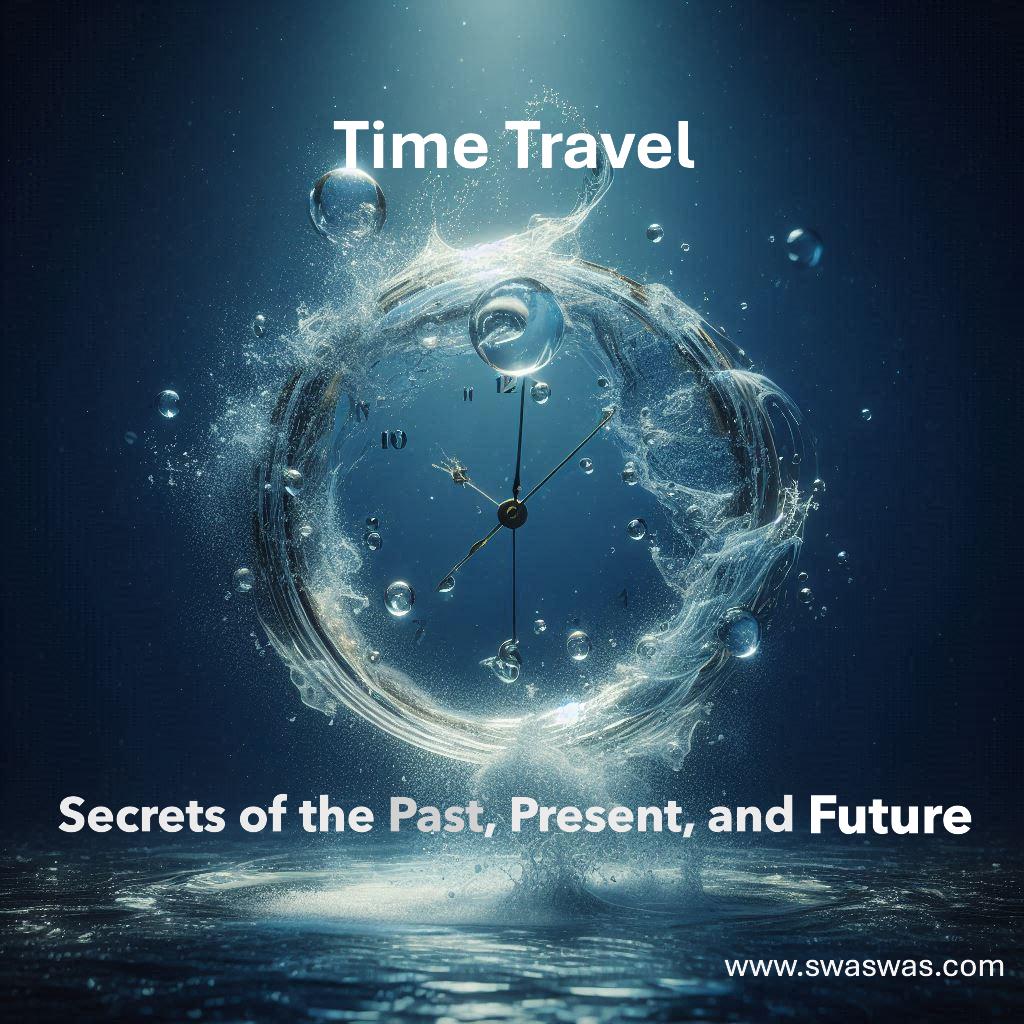

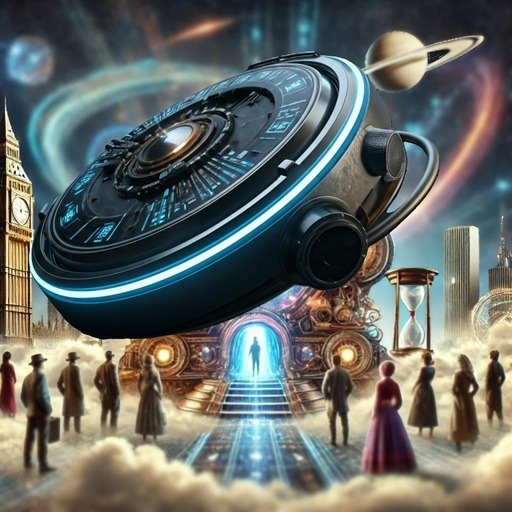







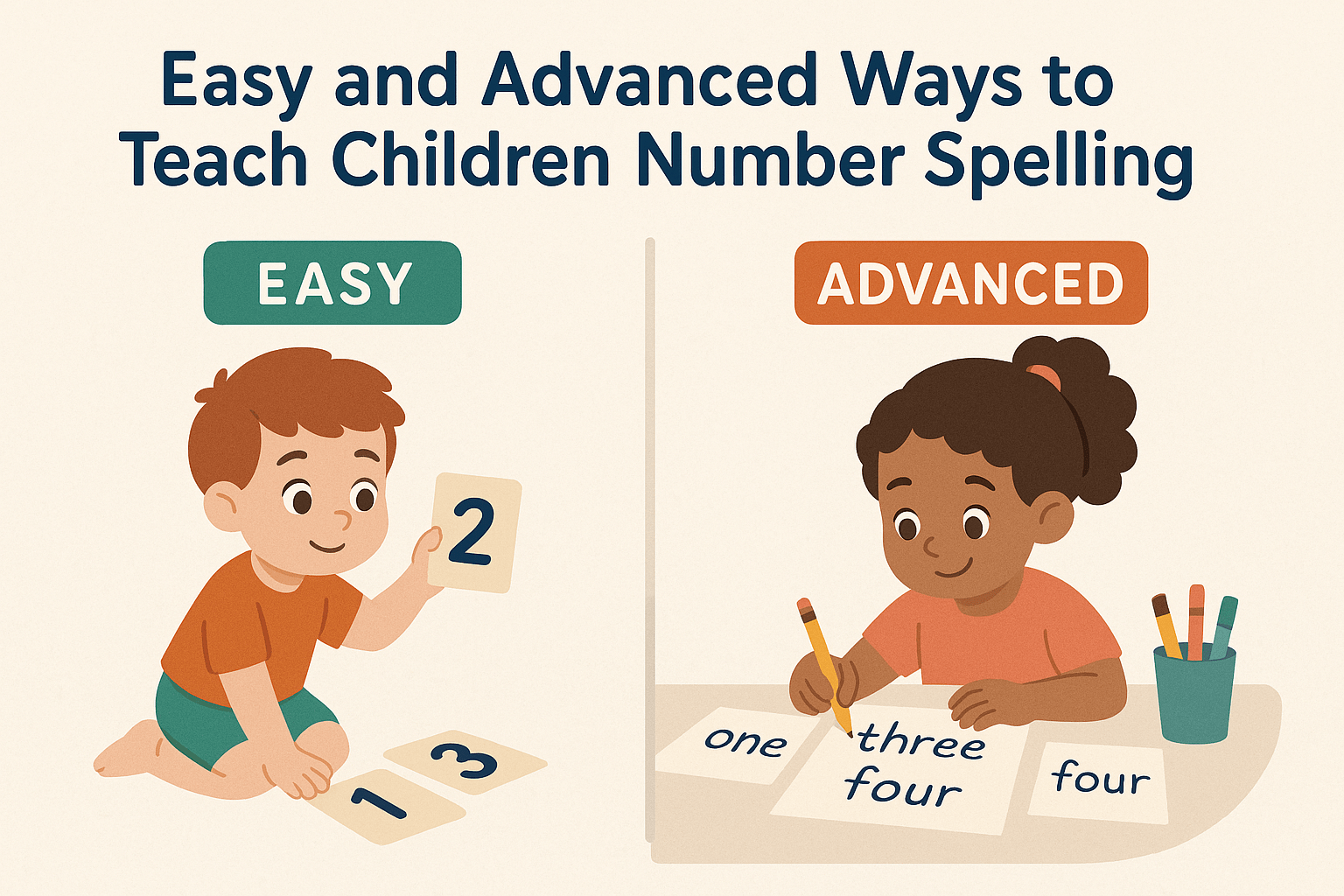
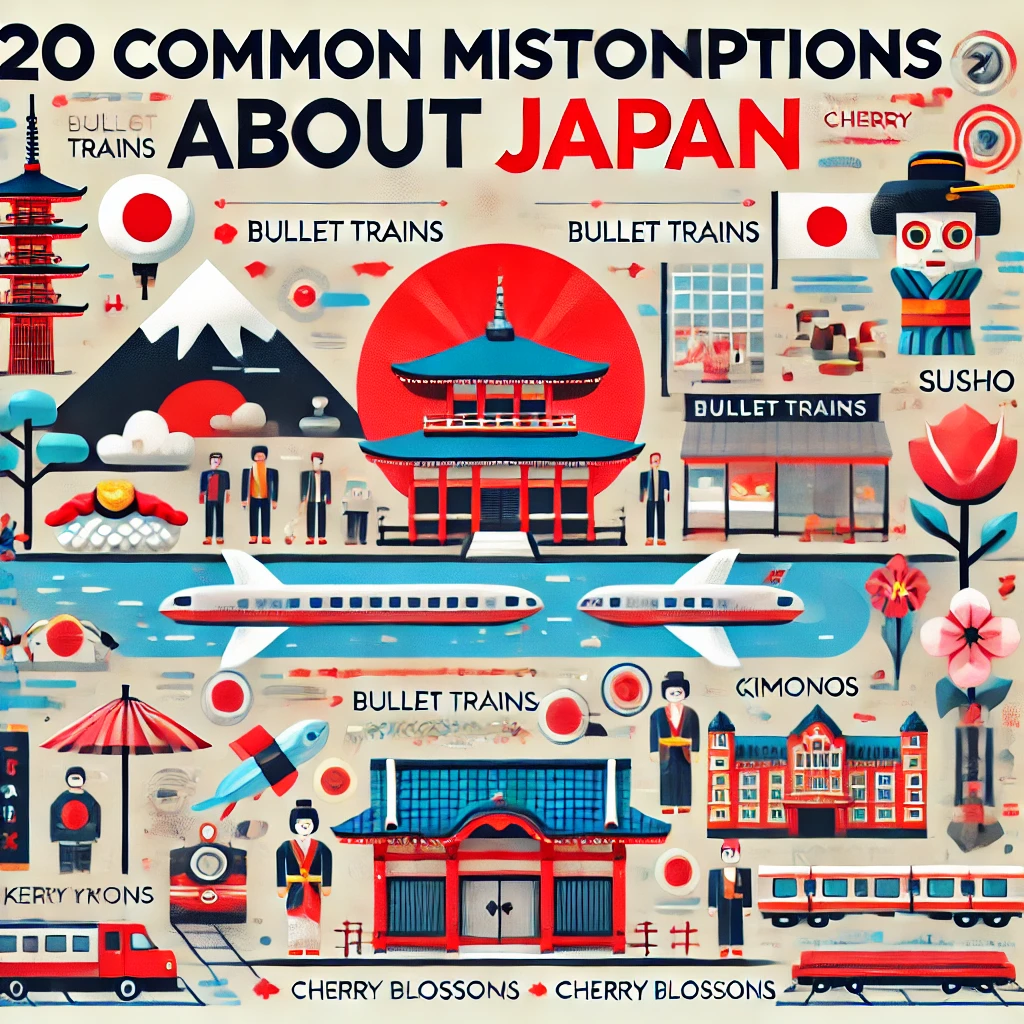
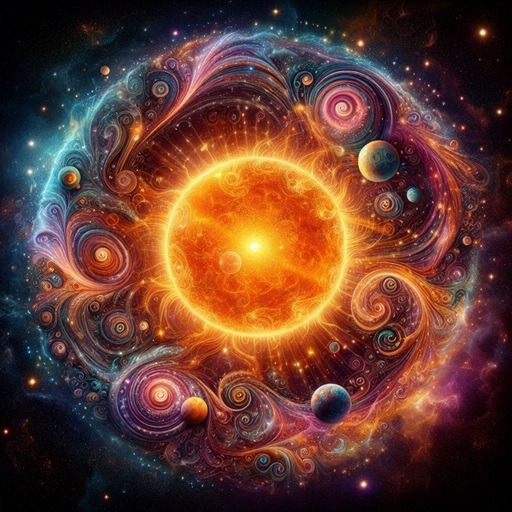
Leave a Reply